When you first see a Jetex solid fuel engine, you might find yourself wondering, “What exactly is this small, intriguing object?” At first glance, it may look like a miniature rocket or perhaps a peculiar mechanical part. But don’t let its size fool you—this tiny powerhouse has a storied history and a fascinating purpose that has inspired hobbyists and engineers alike for decades.
Let’s dive into the story of the Jetex solid fuel engine, exploring its origins, how it works, and why it remains such a beloved piece of engineering.

What Is a Jetex Solid Fuel Engine?
The Jetex solid fuel engine is a miniature rocket motor designed primarily for use in model aircraft, boats, and cars. First introduced in the late 1940s, this ingenious device brought a new level of excitement to model building and hobbyist engineering. Unlike traditional rocket engines that rely on liquid or gaseous propellants, Jetex engines use a special solid fuel pellet that produces a steady, low-temperature thrust.
This unique design made it safe and practical for hobbyists of all ages to use, revolutionizing the model-building community by enabling dynamic and realistic motion in their creations.
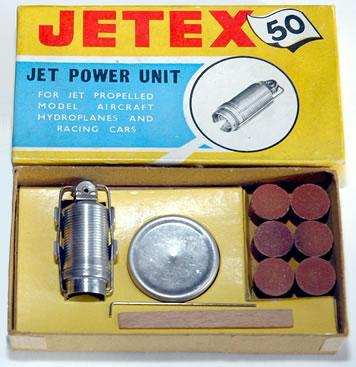
The Origins of the Jetex Engine
The Jetex engine was the brainchild of British inventors Joseph Mansour and Wilmot Mansour, who developed it in 1947. Post-World War II, there was a growing interest in aviation and rocketry, and the Mansours saw an opportunity to create something that would allow model enthusiasts to simulate powered flight.
Their invention quickly gained popularity among hobbyists, becoming a staple in model aircraft kits during the 1950s and 1960s. The Jetex engine wasn’t just a toy—it was a marvel of engineering that captured the imagination of a generation.
How Does a Jetex Engine Work?
At its core, the Jetex engine is deceptively simple yet incredibly effective. Here’s how it works:
- Fuel Pellet: The engine uses a solid fuel pellet made of a slow-burning propellant. This fuel is designed to produce a consistent and controlled release of energy.
- Ignition: A special wick or fuse is used to ignite the fuel pellet, which then burns steadily without creating an explosive reaction.
- Thrust Generation: As the fuel burns, it releases gas that is expelled through a nozzle at the rear of the engine. This produces thrust, which propels the model forward.
- Safety Features: One of the standout features of Jetex engines is their relatively low operating temperature and controlled exhaust, making them much safer to use compared to traditional rocket engines.
This elegant design allowed hobbyists to create everything from flying airplanes to racing cars, all powered by the reliable thrust of a Jetex engine.
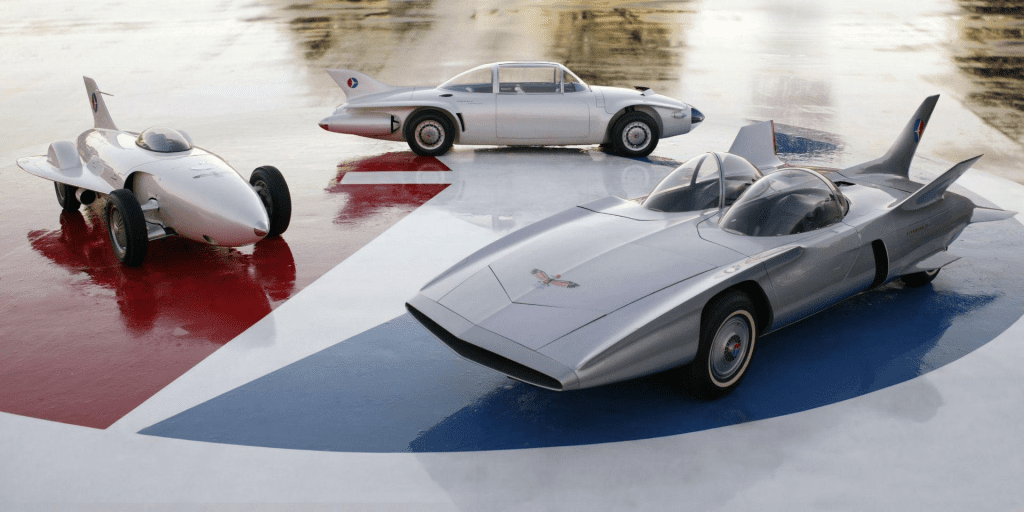
Why Was the Jetex Engine So Popular?
The Jetex engine became a sensation for several reasons. For one, it was incredibly versatile. Hobbyists could use it to power a wide range of models, from sleek gliders to speedy race cars. Additionally, its compact size and straightforward design made it accessible to beginners while still appealing to experienced engineers.
Another major factor was its safety. Unlike other propulsion systems that could be unpredictable or dangerous, the Jetex engine was specifically designed to minimize risks. This made it a favorite among parents and educators, who saw it as an excellent way to introduce young minds to the principles of aerodynamics and engineering.
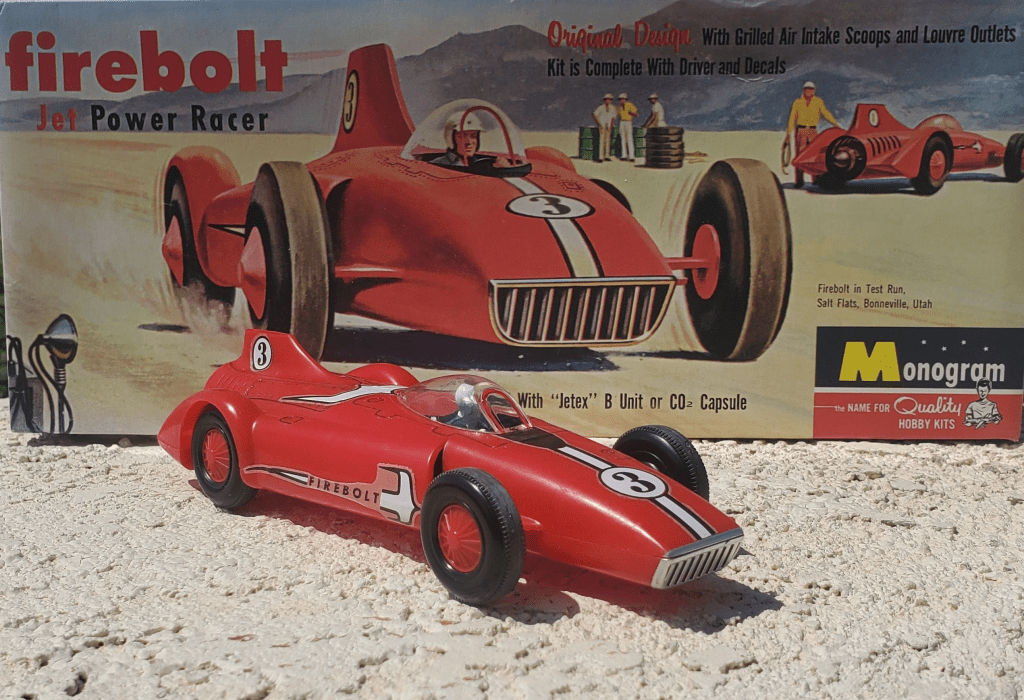
The Golden Age of Jetex Engines
The 1950s and 1960s were the golden age of Jetex engines. During this time, they were included in countless model kits, and their popularity soared. Enthusiasts would gather at model aircraft competitions to showcase their creations, with Jetex-powered models often stealing the show.
Manufacturers even began producing specialized accessories and components to enhance Jetex models, from lightweight frames to aerodynamic wings. The engine became more than just a tool—it was the centerpiece of a vibrant community of innovators and hobbyists.

Challenges and Decline in Popularity
As with many technological innovations, the Jetex engine faced challenges over time. By the 1970s, advances in electric motors and battery technology began to offer new possibilities for model propulsion. These alternatives were quieter, cleaner, and required less setup, gradually overtaking solid fuel engines in popularity.
Additionally, changes in safety regulations and the availability of Jetex fuel pellets made it harder for enthusiasts to continue using the engines. Despite these hurdles, the legacy of the Jetex engine remains strong, and it still holds a special place in the hearts of those who experienced its golden era.
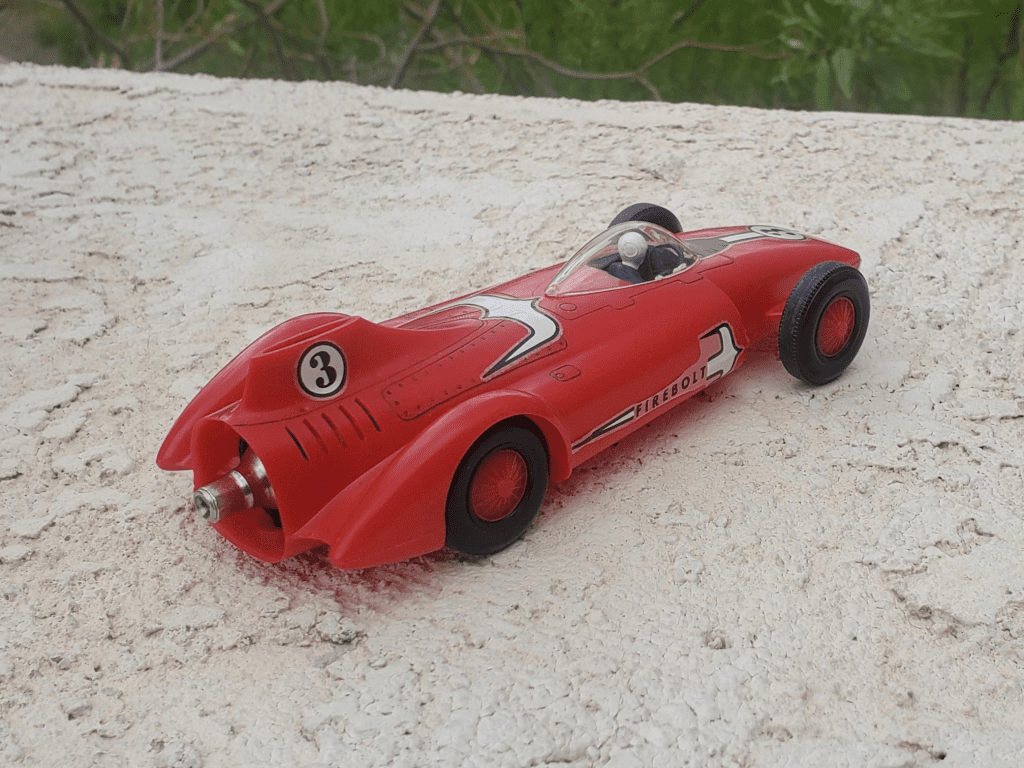
Why the Jetex Engine Is Still Relevant Today
While modern technology has largely replaced Jetex engines in practical applications, they continue to be celebrated by collectors and vintage model enthusiasts. Many see them as a testament to human ingenuity—a simple yet powerful device that brought joy and inspiration to countless people.
For those who enjoy restoring vintage models or exploring the history of model engineering, Jetex engines represent an important chapter in the story of hobbyist innovation. They’re a reminder that sometimes, the simplest ideas can have the most significant impact.
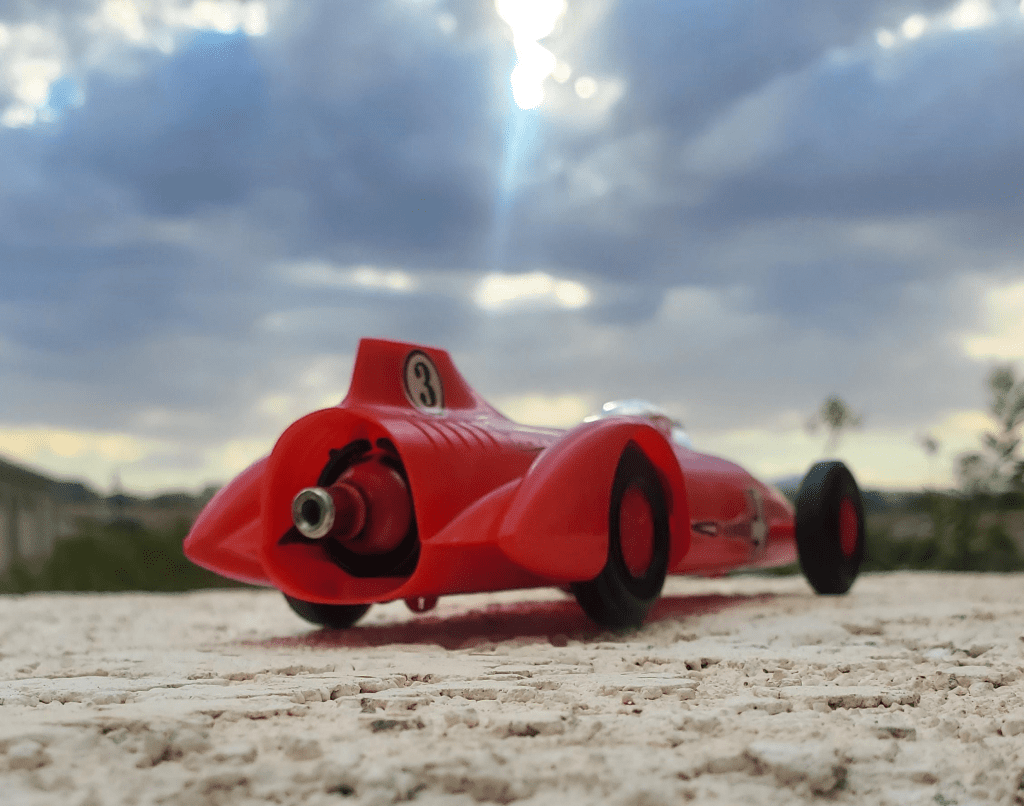
The Legacy of the Jetex Engine
The Jetex solid fuel engine may no longer be a household name, but its influence can still be felt in the world of model building and beyond. It sparked a wave of creativity and curiosity, encouraging people to think outside the box and experiment with new ideas.
Even today, enthusiasts around the world collect, restore, and celebrate these remarkable engines, ensuring that the spirit of Jetex lives on for generations to come.
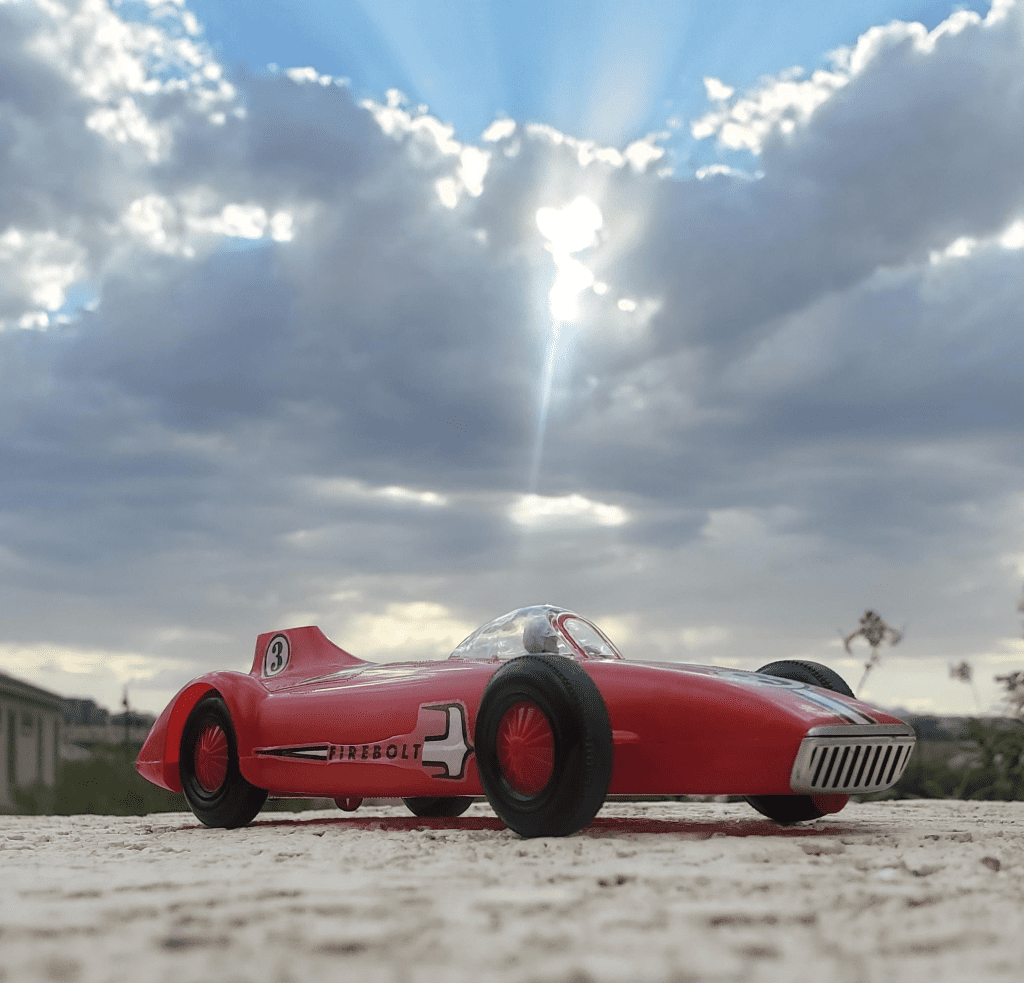
Conclusion
The Jetex solid fuel engine is more than just a small object—it’s a piece of history, a symbol of innovation, and a source of inspiration. From its humble beginnings in post-war Britain to its rise as a global phenomenon, it captured the imaginations of hobbyists and engineers alike. While its heyday may be behind us, its legacy endures, reminding us of the power of curiosity and creativity. So next time you come across a Jetex engine, take a moment to appreciate the ingenuity packed into this small yet fascinating object. It’s a true testament to the art of engineering.